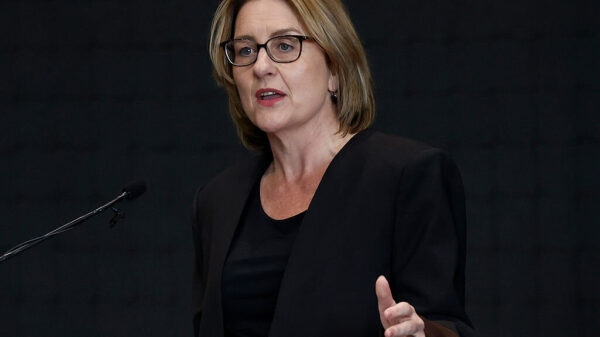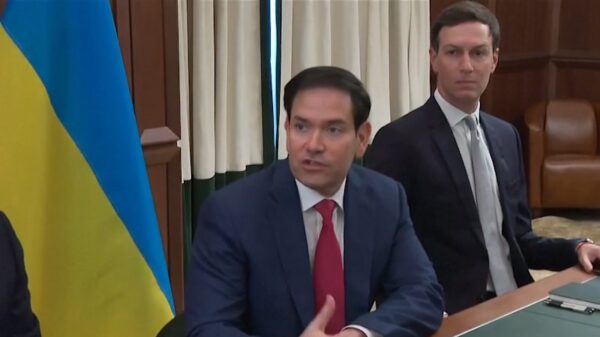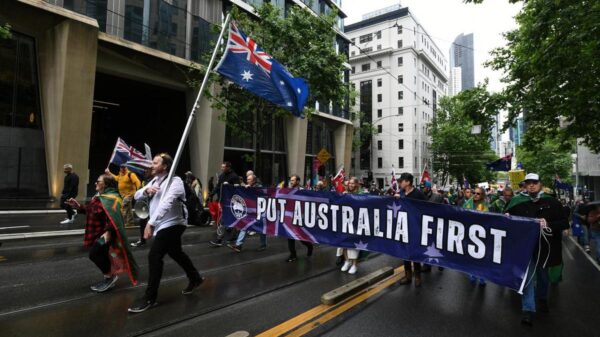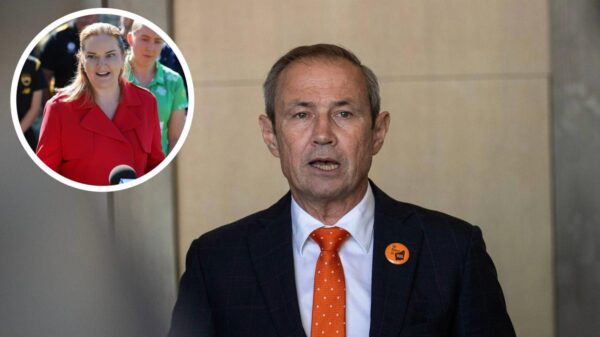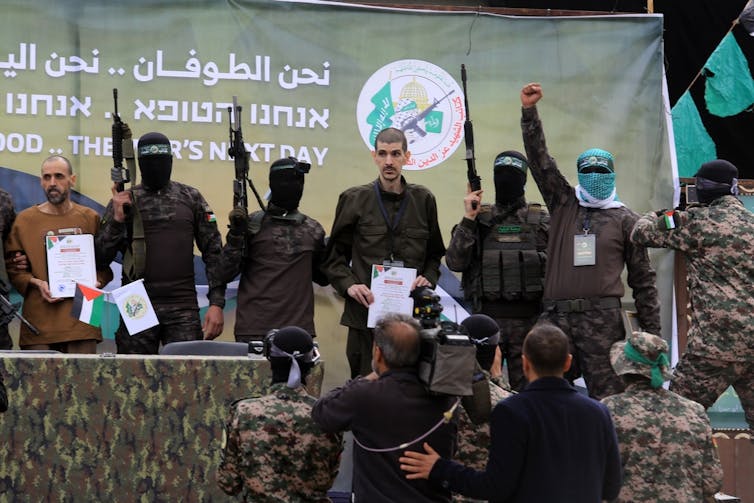The United States and Israel are pursuing a potential ceasefire in the Gaza conflict, as talks continue despite earlier setbacks. US President Donald Trump recently hosted Israeli Prime Minister Benjamin Netanyahu at the White House, declaring that negotiations aimed at ending the violence in Gaza are “going along very well.” Meanwhile, Netanyahu announced he has nominated Trump for the Nobel Peace Prize, commending his efforts to forge peace across various regions.
However, discussions between Israeli and Palestinian delegations in Qatar have yet to produce a breakthrough. The talks are set to resume later this week, with hopes of reaching an agreement that could stop the humanitarian crisis in Gaza, which began after the October 7 attacks by Hamas that resulted in the deaths of 1,200 Israelis.
Proposed Ceasefire and Humanitarian Efforts
The proposed agreement outlines a 60-day ceasefire, intended to de-escalate hostilities and provide an opportunity for more substantial negotiations. As part of this plan, Hamas would release ten surviving Israeli hostages and return the remains of 18 others. In exchange, Israel would withdraw its military forces to a designated buffer zone along Gaza’s borders with Israel and Egypt.
A significant aspect of the agreement is the release of Palestinian detainees held in Israeli prisons, alongside humanitarian aid delivery through international organizations like the United Nations and the Palestinian Red Crescent. However, the future role of the US-backed Gaza Humanitarian Fund remains undefined, despite its critical role in distributing food aid since May.
The urgency for humanitarian access is underscored by the devastation in Gaza, where Gaza’s Health Ministry reports that over 57,000 Palestinians have been killed, leading to a hunger crisis and widespread displacement.
Challenges and Political Dynamics
Despite the potential for a ceasefire, questions remain about its durability. A previous agreement in January, which led to the release of hostages and prisoners, collapsed by March when Israel resumed military operations. Political and military dynamics within Israel pose significant challenges to a lasting peace.
Netanyahu’s government, heavily reliant on far-right parties, faces internal pressure to continue military actions. This is compounded by Israel’s tactical achievements, such as weakening Hamas, causing significant destruction in Gaza, and impacting Hezbollah’s operations in Lebanon. Israel has also struck Iran’s military infrastructure, affecting its missile and nuclear capabilities.
Beyond immediate military goals, Netanyahu might have broader strategic ambitions, potentially making Gaza increasingly uninhabitable to facilitate future annexation. Such moves are aligned with the views of some far-right allies who advocate for Palestinians to relocate to other countries, a scenario Netanyahu hinted at during his visit to the White House.
The ongoing conflict also allows Netanyahu to delay his corruption trial, extending his political tenure. The broader Israeli strategy appears to reject the notion of a Palestinian state, posing questions about the true intentions behind the ceasefire negotiations.
The coming weeks are crucial in determining whether Israel and Palestine can move towards a peaceful resolution or remain entrenched in conflict, reshaping the region’s future on Israel’s terms.

